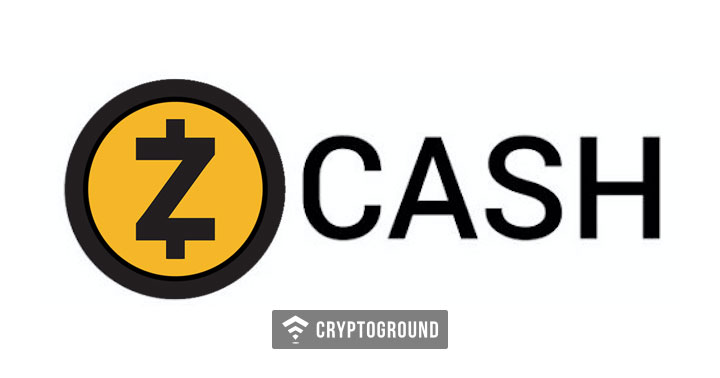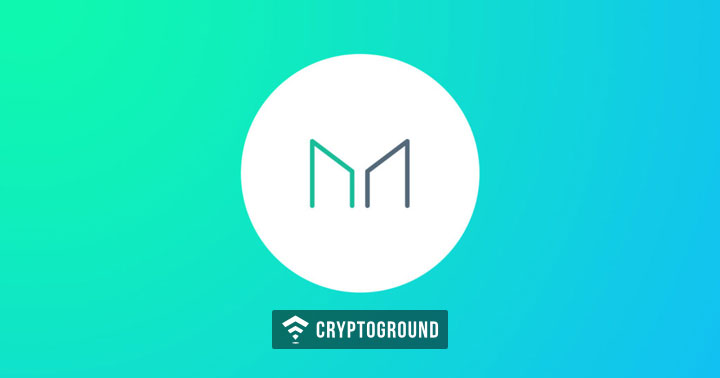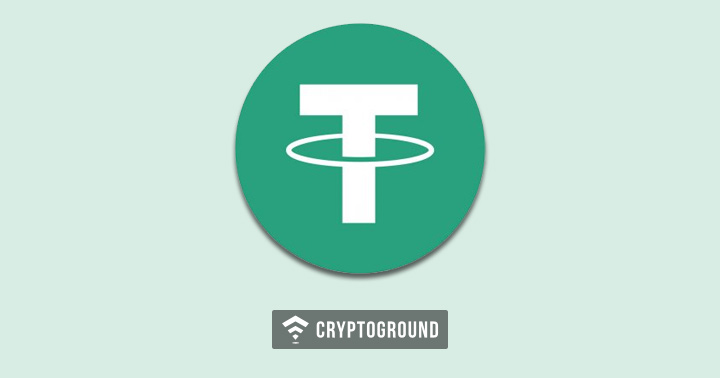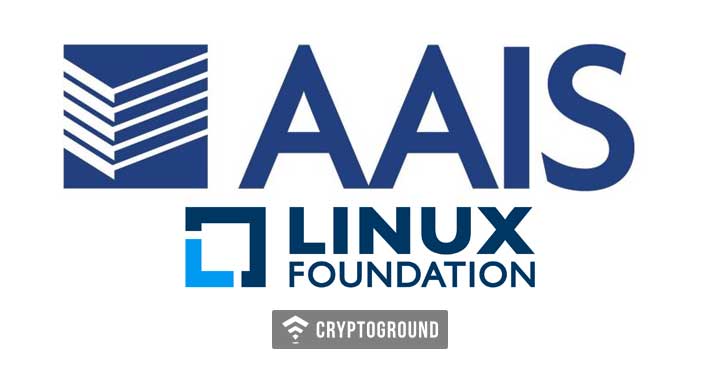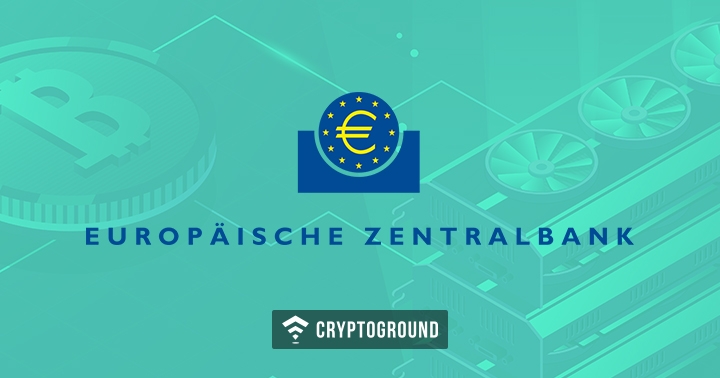Mario Draghi, the president of the European Central Bank (ECB) has said that the ECB and the Eurosystem currently do not have plans to issue a central bank digital currency (CBDC). He said that there are several reasons why they do not consider issuing a CBDC to be a concrete option for the near future. First, the technologies which could potentially be used to issue a central bank digital currency, such as distributed ledgers, have not yet been thoroughly tested and require substantial further development before they could be used in a central bank context. With regard to the central bank administering individual accounts for households and companies, this would imply that the central bank would enter into competition for retail deposits with the banking sector and lead to potentially substantial operational costs and risks.
Further, Draghi added that the current conditions do not indicate that there is a concrete need to issue a CBDC in the euro area. The demand for euro banknotes continues to grow, and cash remains a popular means of payment, he added further. Moreover, there is an increasing range of options for digital payments which allow noncash transactions to be completed almost as immediately as cash transactions. The Bank plans to launch the TARGET instant payment settlement (TIPS) service by November 2018, which will allow payments to be settled in central bank money 24/7 on a pan-European basis.
The ECB though is carefully analyzing the potential consequences of issuing a digital currency as a complement to cash. In this regard, it is closely following activities by other central banks and working together with the central bank community in the context of standard-setting bodies such as the Committee on Payments and Market Infrastructures (CPMI). Its analyses consider the implications for the transmission of monetary policy, payment systems, financial stability, and the economy more broadly.
It acknowledged that from an economic perspective, introducing a digital currency could potentially yield both costs and benefits. In principle, it could meet demands for both the security and digitalization of the economy. It could also allow monetary policy to reach a wider range of economic factors more directly. At the same time, by potentially providing an alternative to some types of bank deposits, a digital currency could have implications for the degree of intermediation and leverage in the banking system, which is important for the role of banks in financing the real economy. It further added that the actual costs and benefits would ultimately depend on the specific features of a digital version of central bank money. The same applies to the possible legal implications.
Earlier in June of this year, the Bank of Korea (BoK), the central bank of South Korea, also reportedly showed a disapproval for issuing a CBCD. The major reason was that it would change the basic mechanics of monetary policies and their implementation which also includes the use of open markets by the bank. On the other hand, the Bank of England, despite having no plans to issue a digital currency published a paper earlier this year on the same, where it talked about the design principles as well as the balance sheet implications.








